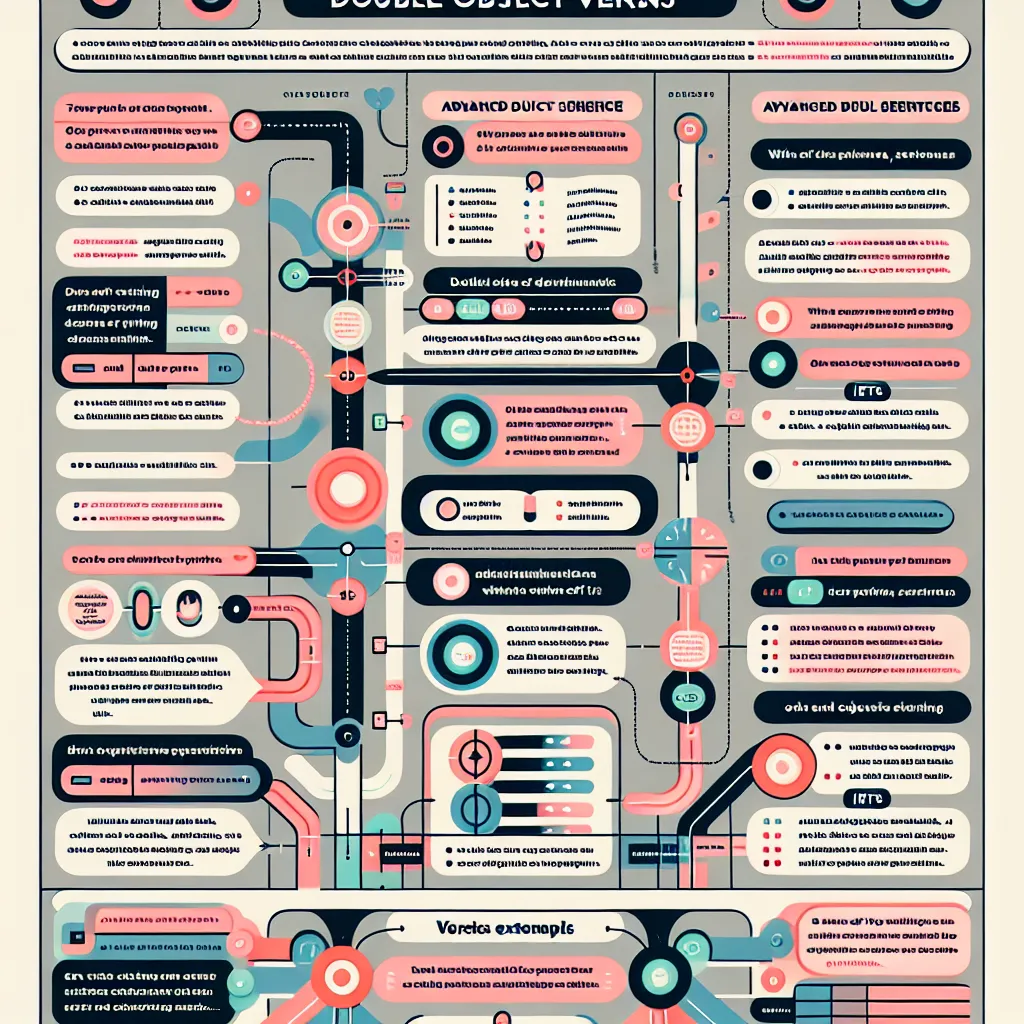Verbs with double objects are a crucial aspect of English grammar that frequently appear in IELTS exams. Understanding and using these verbs correctly can significantly enhance your language proficiency and boost your IELTS score. Let’s delve into the intricacies of verbs with double objects and explore how to effectively apply them in the IELTS test.
Nội dung bài viết
What Are Verbs with Double Objects?
Verbs with double objects, also known as ditransitive verbs, are verbs that can take both a direct object and an indirect object. These verbs typically involve the transfer of something (direct object) to someone (indirect object). They are commonly used in everyday communication and are essential for expressing complex ideas in both spoken and written English.
For example:
- She gave him a book. (gave = verb, him = indirect object, a book = direct object)
- The teacher sent the students an email. (sent = verb, the students = indirect object, an email = direct object)
- I bought my sister a gift. (bought = verb, my sister = indirect object, a gift = direct object)
In each of these sentences, the verb is followed by two objects: the indirect object (recipient) and the direct object (the thing being transferred).
 Verbs with Double Objects
Verbs with Double Objects
The Grammar Formula for Verbs with Double Objects
The basic formula for using verbs with double objects is:
Subject + Verb + Indirect Object + Direct Object
Alternatively, you can use the following structure:
Subject + Verb + Direct Object + to/for + Indirect Object
For instance:
4. He sent me a letter. (Standard double object structure)
5. He sent a letter to me. (Alternative structure with ‘to’)
It’s important to note that not all verbs can be used with double objects. Some common verbs that allow this structure include: give, send, buy, show, tell, offer, teach, promise, and bring.
Applying Verbs with Double Objects in IELTS Writing
In IELTS Writing, using verbs with double objects can demonstrate your grammatical range and accuracy. Here’s an example of how you might incorporate these verbs into a Task 2 essay:
Topic: The importance of technology in education
“Modern technology has revolutionized the way we teach and learn. Teachers can now offer students a wide range of digital resources, enhancing their learning experience. Furthermore, online platforms give learners unprecedented access to information, allowing them to expand their knowledge beyond traditional classroom boundaries. However, it’s crucial that educators provide students with the necessary skills to navigate this digital landscape effectively.”
In this paragraph, we’ve used three instances of verbs with double objects (in bold), showcasing a sophisticated command of English grammar.
Verbs with Double Objects in IELTS Speaking
In the IELTS Speaking test, using verbs with double objects can help you express ideas more fluently and naturally. Consider this example response to a question about a gift you’ve given:
“Last month, I bought my mother a beautiful necklace for her birthday. I wanted to give her something special to show my appreciation. When I handed her the gift, her eyes lit up with joy. It brought me great happiness to see her reaction.”
This response demonstrates the natural use of verbs with double objects in spoken English, which can contribute to a higher band score in the Speaking test.
Common Mistakes to Avoid
When using verbs with double objects, be careful to avoid these common errors:
-
Incorrect order of objects:
- Incorrect: “She gave a book him.”
- Correct: “She gave him a book.”
-
Using ‘to’ unnecessarily in the standard structure:
- Incorrect: “He bought to his wife a car.”
- Correct: “He bought his wife a car.”
-
Forgetting ‘to’ or ‘for’ in the alternative structure:
- Incorrect: “He bought a car his wife.”
- Correct: “He bought a car for his wife.”
-
Using verbs that don’t allow double objects:
- Incorrect: “She explained me the problem.”
- Correct: “She explained the problem to me.”
Advancing Your Use of Verbs with Double Objects
To achieve a higher band score in IELTS, consider these advanced techniques:
-
Use less common verbs with double objects:
- “The company awarded the employee a bonus for her outstanding performance.”
- “The professor recommended the student a book to enhance his understanding of the subject.”
-
Incorporate passive voice:
- “The students were given extra time to complete the exam.”
- “A substantial grant was awarded the research team to continue their groundbreaking work.”
-
Combine with other complex structures:
- “Having carefully considered the applicants’ qualifications, the committee offered the position to the most experienced candidate.”
 Advanced Use of Double Object Verbs
Advanced Use of Double Object Verbs
Conclusion
Mastering verbs with double objects is an excellent way to enhance your English proficiency and improve your IELTS score. By understanding the structure, avoiding common mistakes, and practicing advanced usage, you can demonstrate a high level of grammatical competence in both the Writing and Speaking sections of the IELTS test.
Remember to practice using these verbs in various contexts and to pay attention to how they’re used in authentic English materials. With consistent practice, you’ll find yourself using verbs with double objects naturally and confidently in your IELTS exam and beyond.
For further practice, try incorporating verbs with double objects into essays on topics such as the impact of immigration on local communities, where you might discuss how immigrants bring new skills and cultural experiences to their host countries.


